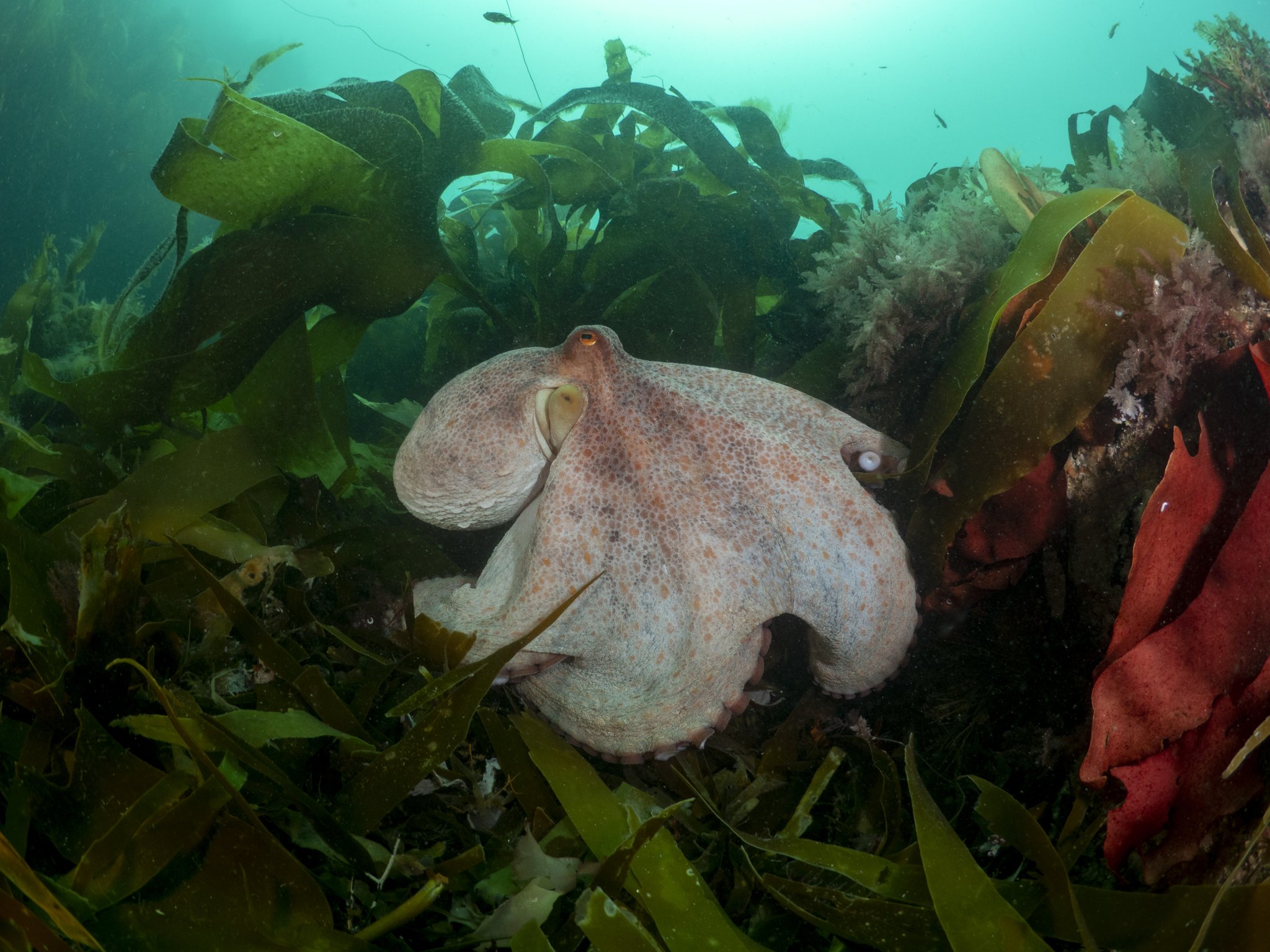London (UK)- By early afternoon, the scent of thousands of lilies and roses floated in the air outside Buckingham Palace. But the pilgrims kept arriving, bearing still more bouquets and notes of endearment addressed to the only queen most have ever known.
The scene outside the wrought iron gates was just as Nick French expected. But when he left a London hospital Friday, still shaky 10 days after surgery for prostate cancer, there was no question he would join them. Setting out on foot for an hour-long walk across the city, French searched through seven mostly sold-out florist’s shops until his arms were filled with blossoms of crimson and cream, pink and purple.
“I felt the need to come right down here,” said the 50-year-old social services consultant from nearby Kent, standing behind a police barricade. True, Elizabeth II, born to royalty and bound by duty, had lived a life of palaces and pomp. But in the queen’s decades of steadfast stewardship, French said, an ordinary man had found an inspiration and kindred soul.
Elizabeth’s life, “brings me hope because the queen was always an incredibly charitable person, a decent person even in the face of great adversity,” he said, “And that gives me a role model to try and move on in my own life, post-cancer.”
A day after the longest reigning monarch in British history died at 96, French’s tribute echoed through the crowds that thronged to Buckingham and the memorial plaza over which the palace presides.
Those in attendance were, of course, self-selected — people who cared for the queen and had come to express their affection. But the pilgrimage was remarkable for more than just its size; it was striking, too, for how it underscored the multitude of roles visitors say the monarch occupied in the lives of those she could never know.
“You inspired generations of young women like me to serve the great nation that thrived under your leadership,” read one note penned in purple marker, left at the gate.
“Farewell, my dearest,” read another, attached to a bouquet of yellow roses. “Thank you ma’am … for being a beacon of hope and stability in troubled times.”
And yet another: “We thank you for everything you stood for. For your sense of duty, your care, your compassion and of your love for us, your people.”
The outpouring of flowers and heartfelt notes in public places evoked, for those old enough to remember, another somber week in London 25 years ago — the days after Princess Diana, the queen’s onetime daughter-in-law, was killed in a car crash in Paris. Then, a nation poured out its public grief in a way not entirely dissimilar.
For David Hunt, a 67-year-old retiree from the British Library, the queen was a symbol of a bygone era and her death a reminder of just how much everything has changed since her reign’s early days in his childhood. And Claire McDaniel, 48, said she came when she finished work in a skin-care shop because it felt like the right thing to do for a monarch who, for her, felt almost like a grandmother.













